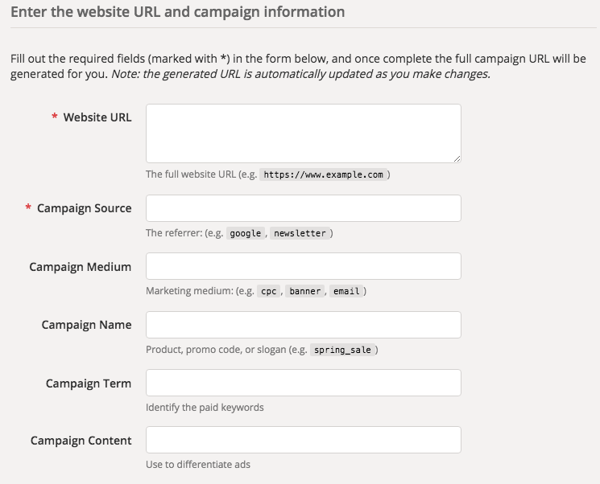The 2 most important things you can do in Google Analytics
The 2 most important things you can do in Google Analytics
Get weekly
HubSpot Updates
John Wanamaker, a historic USA retailer, considered by some to be a pioneer of marketing and advertising is accredited with the quote “50% of my marketing works, if only I knew which 50%”.
Now that may have been the case in the 19th century when Wanamaker was alive, but to be honest it has no place in today’s business and certainly none when it comes to online marketing. With the technology that is available today, there is no valid reason why you should not have a system in place to tell you where your online business is coming from and you have the availability to assign a tracking mechanism to just about any form of marketing that you undertake.
There are many ways to track conversions, but in this blog post, we’re going to concentrate on using Google Analytics to analyse your traffic.
Google Analytics
If you have any form of website, then installing an analytics package is a must. One of the most powerful free systems is Google Analytics (GA). GA gives you a plethora of information about the visitors on your website, including the length of time spent on site, what pages they visit, what country they’re from and the originating source of that visit.
There’s a couple of key things that you can do utilising analytics that will make it easier to track your marketing efforts.
UTM Parameters
The first is to ensure that you use UTM parameters in your URL’s. UTM stands for Urchin Traffic Monitor and is a marker that is appended to a URL that gives analytics certain information. So for example, you could append the parameters to tell analytics that a traffic session originated from a link click from twitter, or a specific advert on Facebook.
An example of a URL that is using UTM parameters is:
https://www.klooddigital.com/lp-offer/guide-to-running-an-inbound-marketing-campaign/?utm_source=Facebook&utm_medium=CPC&utm_content=advertA&utm_campaign=InboundMarketing
In this example, I’m sending the traffic to a landing page to download a guide that is about running an inbound marketing campaign. Through the use of the UTM parameters, I’m telling Google Analytics that the source of the click is Facebook, that it is a CPC (cost-per-click advert) and that the advert is part of a campaign that I’m running called Inbound Marketing.
I would then assign this URL to the Facebook advert that I’m running. If I was running a Twitter advert with the same campaign name and the same landing page, I’d simply change the ‘utm_source=’ value to be “Twitter”
Google provide a handy URL Builder tool that you simply complete the fields such as the URL, the source and the medium and then it gives you the full URL;

When you use the UTM parameters, the data gathered by Google Analytics can then be segmented so that you can see sessions that specifically relate to that campaign. Within Google Analytics, select the ‘All Campaigns’ option under the ‘Acquisition/Campaigns’ section in the left hand menu;
Then, underneath the graph, you’ll see a dropdown menu where you can select a secondary dimension. Change this to ‘Source/Medium’;
The data displayed is split down by the campaign and then the source and medium parameters. If you are running any Google AdWords campaigns and have linked the AdWords account to Google Analytics, then it will pull in data automatically into this view.
Armed with this information, you’re able to make more informed decisions relating to your advertising. When you add in the next item - goal tracking, then this data set becomes even more powerful.
Goal Tracking
Google Analytics gives you the ability to define goals that are meaningful to your business. That could be an online purchase, a form registration, a certain number of pageviews or time on site and more. The goals are defined at ‘View’ level within the admin section of the site and you can define multiple goals.

The configuration of the goals is outside the scope of this blog, but we’ve written another blog article all about goal tracking within Google Analytics.
Once your goal is defined, you can navigate to the Conversion section of Google Analytics and see an overview of the results. Selecting source/medium will tell you where the session that produced the goal originated from.

You can also access the conversion data appended to other reports, so for example if you were looking at the previously shown report under the ‘Acquisition’ section, you would see;

So, in summary, it’s extremely important that you know where your traffic is coming from and to what marketing you can attribute the visits and goals. Admittedly, Google Analytics does take a bit of effort in order to learn, but it’s well worth the effort as it means you can make informed data based decisions rather than act on hunches (a great resource for learning about Google Analytics is their Analytics Academy) The old adage is true, you can’t manage what you don’t measure.
Our content includes affiliate links. This means that we may receive a commission if you make a purchase through one of the links on our website. This will be at no cost to you and helps to fund the content creation work on our website.